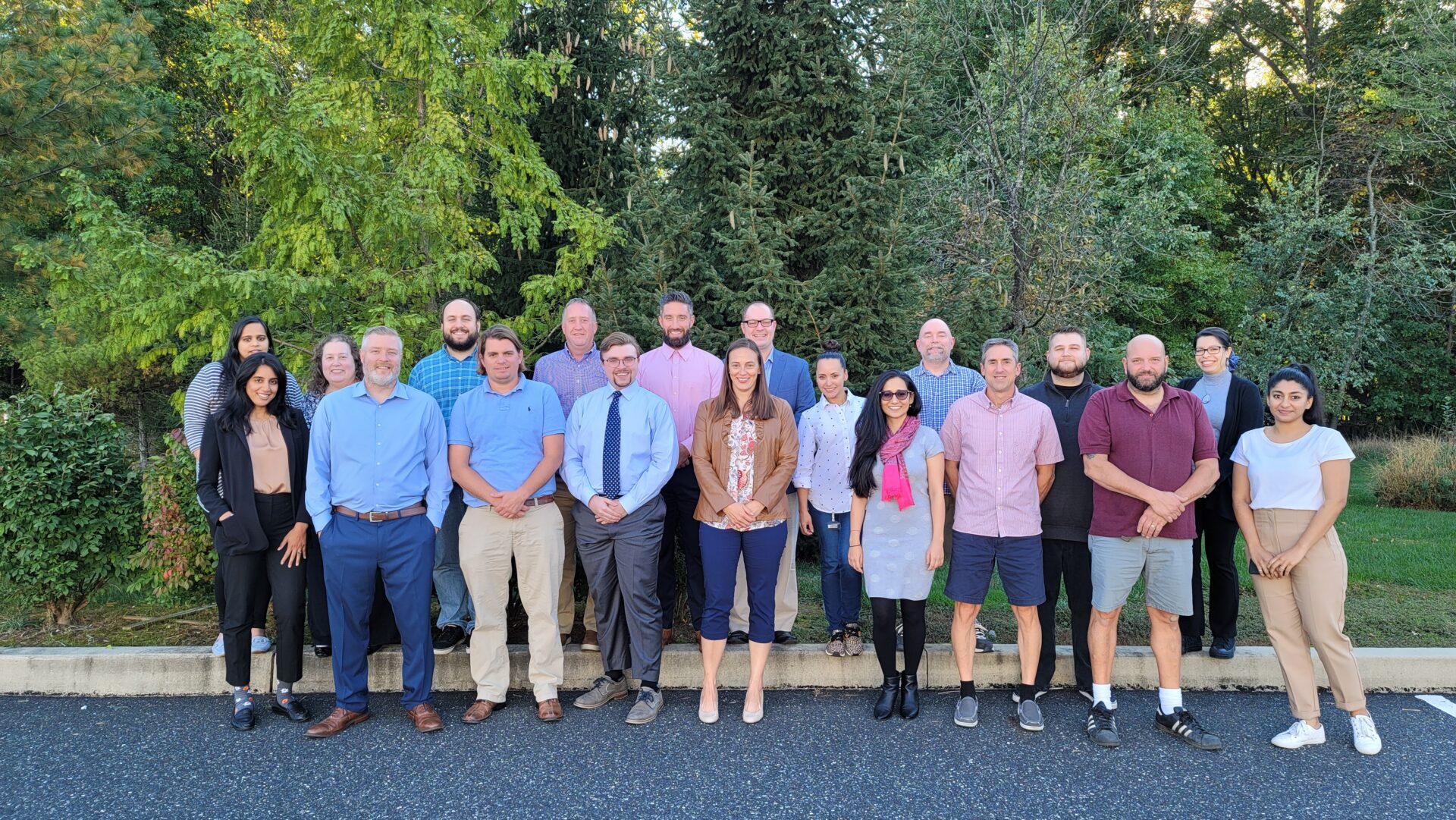CurveBeam researches, develops and manufactures cone beam CT imaging & visualization solutions for the orthopaedic & musculoskeletal specialties.

The company was founded in 2009 by a team with a proven track record in point-of-care advanced diagnostic imaging. In 2013, CurveBeam opened a Europe headquarters in London.
CurveBeam specializes in weight bearing CT imaging. CurveBeam’s pedCAT and LineUP systems have been installed across North America, South America, Europe, Australia and China.
CurveBeam’s corporate administrative office and production facility is located in Hatfield, just outside of Philadelphia, Pennsylvania. CurveBeam’s products are made in the U.S.A., and most major system components are sourced from local suppliers.

The core team behind CurveBeam pioneered Cone Beam CT imaging technology for the dental, maxillofacial and ENT specialties. The introduction of point-of-care Cone Beam CT imaging revolutionized above the industry and was instrumental in the advent of custom dental implants and improved practices in orthodontics and oral surgery. Today, Cone Beam CT scans are virtually the standard of care for advanced orthodontics and oral surgery treatment planning.
CurveBeam continues to set new standards in orthopedic CT imaging worldwide.
About The CEO
 Arun Singh founded CurveBeam in 2009, two years after his first successful diagnostic imaging device venture was acquired. Formally trained in electrical engineering, Mr. Singh plays a hands-on role in many aspects of CurveBeam’s business functions.
Arun Singh founded CurveBeam in 2009, two years after his first successful diagnostic imaging device venture was acquired. Formally trained in electrical engineering, Mr. Singh plays a hands-on role in many aspects of CurveBeam’s business functions.
Mr. Singh knew he wanted to pursue a career in computers when he was only eight years old, after reading an article in his father’s copy of LIFE Magazine about early computing models. But he didn’t physically use a computer himself until his bachelor studies at the Birla Institute of Technology in Bihar, India. Arun would manually punch his code onto computer cards, and then mail the cards to the neighboring campus, which had an on-site computer. His cards were fed into the computer and the results of his program were mailed back to him about two weeks later.
Mr. Singh moved to the United States in 1980 to pursue a master’s degree in electrical engineering at The Ohio State University. His thesis focused on specialized software for parallel processing. He created a program that could pool multiple computing elements and distribute a programming task for higher throughput and faster performance.
Mr. Singh’s first job after graduating from OSU was in the semi-conductor industry, and he developed software for high speed robotic pick and place bonding equipment. Next, he worked at an industrial conglomerate where he developed software for industrial automation and control systems.
In 1985, Arun met Hank Tancredi, with whom he would found Imaging Sciences seven years later. But first, they both worked together for another venture that pioneered one of the first tomographic imaging systems for dental applications.
Mr. Tancredi’s garage served as Imaging Sciences’ first headquarters. In that garage, they improved upon the original tomographic system and introduced their first product: the CommCAT. The CommCAT was the first commercially viable device to offer full automation and computer based mapping of targeted imaging sites, namely the maxillofacial region of the skull. The first model was adopted by physicians all over the world, including in Australia and Japan. The CommCAT was a large device, and required programming expertise to get results. Physicians had to target the desired image at the time of acquisition, and the device produced discrete slices.
Ten years later, Imaging Sciences released the i-CAT, a full volumetric imaging system with almost push-button cone beam CT imaging, at a $150,000 price tag. Within the first year of its introduction, Imaging Sciences sold about 50 i-CATs. The product continued to have astronomical success in the dental/ maxillofacial specialty. Mr. Singh recalls one of the i-CAT’s early adopters told him that prior to using the device to image his patients, he felt like he was “driving without headlights.”
The i-CAT spurred a number of parallel innovations including custom guides for implant placement to reproduce the pre-surgical planning done on the computer screen.
Mr. Singh helped grow Imaging Sciences to a company of about 100 employees. Mr. Singh’s scope of involvement grew beyond software development and product design to Chief Technical Officer. He also played a key role in technical support, training and installation, and technical marketing and sales.
Imaging Sciences was acquired in 2007 by a multinational corporation with close to 15,000 employees. Arun elected to take an early retirement in 2009. After a brief period of travelling the world with his wife, he began searching for his next entrepreneurial venture. The answer came to him while vacationing in South Carolina. Mr. Singh rolled his ankle on the edge of a walkway and sustained a small fracture on his fibula. Since he still had ties with former coworkers at Imaging Sciences, Mr. Singh scanned his foot in an i-CAT. He took the 3D scan to his podiatrist, who was amazed at the quality of the image.
Shortly thereafter, Mr. Singh began amassing a new team with Mr. Tancredi that included a number of their original Imaging Sciences colleagues. CurveBeam was founded as and continues to be a 100 percent employee-owned venture. CurveBeam received no venture capital funding, loans or grants.
Mr. Tancredi passed away from a brain aneurism shortly thereafter, but the team honored his memory by bringing the pedCAT to market at lightning speed – by industry standards – in 2012. The pedCAT was the first cone beam CT imaging device that could image both feet in a single scan while they were fully weight bearing. Early adopters agreed that the pedCAT had the capability to change the standard of care for foot and ankle imaging.
Mr. Singh and his team continue to innovate extremity CT imaging for the medical specialties, with a number of R&D efforts underway.
Timeline
February 2021
CurveBeam receives Canada Health clearance for the HiRise system.November 2020
CurveBeam receives FDA 510(k) clearance for the HiRise system.October 2020
CurveBeam receives CE Mark clearance for the HiRise system.May 2020
CurveBeam is granted a patent for TALAS, a system for three-dimensional measurement of foot alignment.July 2018
CurveBeam receives Health Canada clearances for LineUP and InReach systems.June 2018
CurveBeam receives ISO 13485:2016 & MDSAP certificationMay 2018
CurveBeam receives FDA 510(k) clearance for the LineUP system.April 2018
CurveBeam receives CE Mark clearance for LineUP and InReach systems.March 2018
CurveBeam receives Health Canada clearance for the InReach system.May 2017
CurveBeam receives FDA 510(k) clearance for the InReach system.June 2015
China receives China Food & Drug Administration clearance for the pedCAT system.February 2013
CurveBeam receives CE Mark and Health Canada clearance for pedCAT system.August 2012
pedCAT recognized as one of 2012's Top 10 Innovations in Podiatry by Podiatry Today magazine.July 2012
CurveBeam receives ISO 9001 and ISO 13485 certifications.April 2012
CurveBeam receives clearance from the U.S. Food & Drug Administration for the pedCAT system.Corporate Governance
Curvebeam is ISO 13485:2016 certified.
Curvebeam is Medical Device Single Audit Program (MDSAP) certified.

